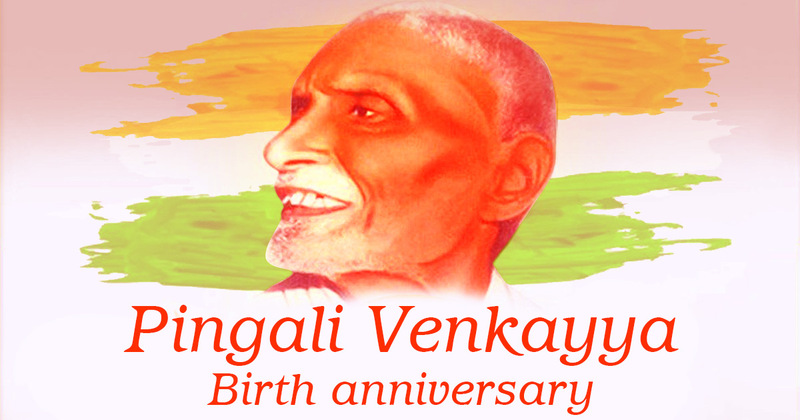Context:
India is celebrating the 148th birth anniversary of Pingali Venkayya on 2 August 2024.
Pingali Venkayya
- The Father of the Indian Tricolour: Pingali Venkayya is credited with designing the original form of India’s national flag.
- Early Life and Inspiration: Born on August 2, 1876, in a village near Andhra Pradesh’s Krishna district, Venkayya joined the British Indian Army at 19 and served in the Boer War (1899-1902) in South Africa. Inspired by a visit to the All India Congress Committee (AICC) session in 1906 under Dadabhai Naorogi’s leadership, he felt compelled to design a flag for the Indian National Congress as he opposed the use of the British flag at Congress meetings.
- A Life Dedicated to India: Venkayya’s contributions extended beyond the flag. He was a teacher, author, agriculturist, and linguist. He even published a book titled ‘Bharatha Deshaniki Oka Jatiya Patakam’ (National Flag of India) in 1916.
- Since 1921, Venkayya’s flag has been used informally at all Congress meetings. The flag was adopted in its present form during a meeting of the Constituent Assembly on July 22, 1947, just twenty days before India’s Independence.
- The initial flag, called the Swaraj flag, consisted of two red and green bands, the two bands represented the two major religious communities — the Hindus and the Muslims.
- Gandhi suggested adding a white colour band to represent peace and harmony between communities along with a spinning wheel to represent progress of the country.
- Venkayya died in 1963, he was penniless and in poverty.
Evolution of the Indian National Flag

- In 1906, during the Swadeshi and Boycott struggle, a flag of India was hoisted for the first time in the Parsee Bagan Square in Calcutta (present-day Kolkata).
- In 1907, a similar flag with slight modifications was raised by Madam Bhikaji Cama in Paris.
- In 1917, as a part of the Home Rule Movement, Annie Besant and Bal Gangadhar Tilak hoisted another flag.
- In 1921, at the Bezwada (now Vijayawada) session of Congress, a young freedom fighter Pingali Venkaiah, presented a design of a flag to Mahatma Gandhi.
- In 1931, a formal resolution was passed adopting Pingali Vekaiah’s flag with a little modification. While the white and green remained, the red was replaced by saffron. The saffron was for courage, white for peace and green for fertility and growth.
- Finally, in July 1947, the Constituent Assembly formally adopted the flag of free India.

